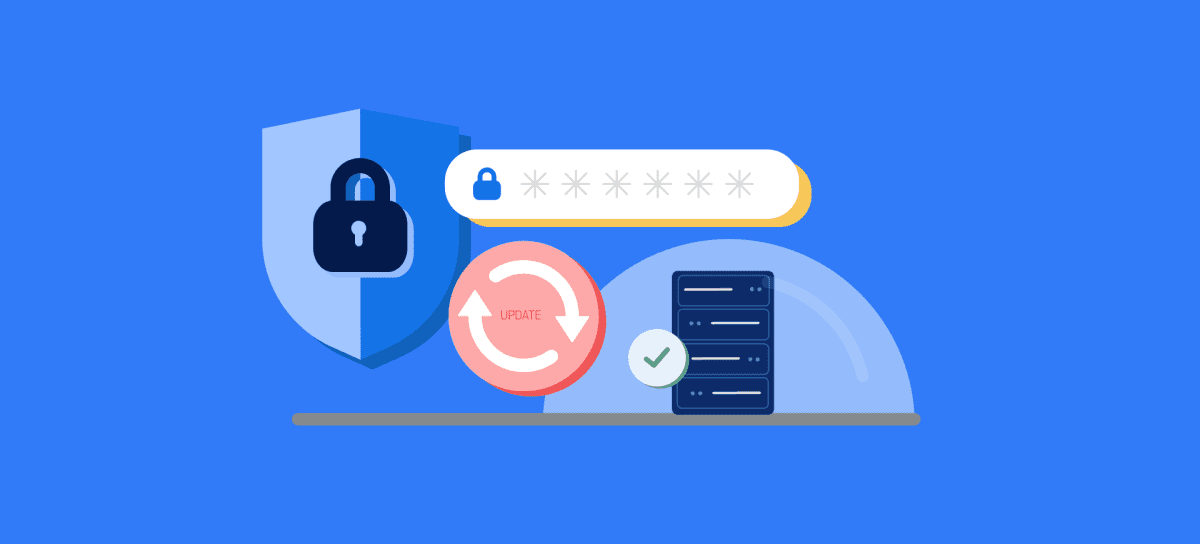Introduction
“Shielding Your Server: Essential Tips for Security and Hardening”
In the rapidly evolving digital landscape, servers act as the backbone of modern businesses and organizations. From hosting websites and applications to storing critical data, servers play a vital role in ensuring smooth operations. However, their central role also makes them prime targets for cyber threats and attacks. To safeguard your server and protect sensitive information, implementing robust security measures is crucial.
This blog will provide essential tips for server security and hardening. By following these practices, you can enhance the resilience of your server against potential threats and minimize the risk of data breaches and unauthorized access.
Regular Software Updates
Keeping your server’s operating system and software up to date is one of the most basic yet effective ways to enhance security. Developers continuously release patches and updates to fix vulnerabilities and bugs. By promptly applying these updates, you can stay one step ahead of potential attackers who might exploit known weaknesses.
Strong Password Policies
Enforcing strong password policies is a fundamental aspect of server security. Encourage your users to create passwords that are complex, with a mix of uppercase and lowercase letters, numbers, and special characters. Implementing multi-factor authentication (MFA) can add an extra layer of security, making it harder for unauthorized users to gain access.
Limit User Privileges
Granting users only the necessary permissions minimizes the impact of a potential breach. Regularly review and update user privileges, ensuring that each user has access only to the resources required to perform their tasks. This approach helps to contain any unauthorized access and prevents unauthorized changes.
Firewall Configuration
Configure firewalls to control incoming and outgoing network traffic. A properly configured firewall acts as a barrier between your server and external networks, blocking suspicious traffic and potential attackers. Be sure to whitelist only essential ports and protocols, reducing the attack surface and improving overall security.
Implement SSL Certificates
Secure Socket Layer (SSL) certificates encrypt data transmitted between the server and clients, such as web browsers. This encryption ensures that sensitive information, like login credentials and credit card details, remains confidential and protected from eavesdroppers.
Regular Backups
Creating regular backups of your server’s data is a crucial practice that helps you recover from potential cyberattacks or system failures. Consider utilizing both on-site and off-site backups to ensure redundancy and quick recovery options.
Monitor Server Activity
Constantly monitor your server’s activity and set up alerts for unusual behavior or suspicious login attempts. Intrusion detection systems (IDS) and intrusion prevention systems (IPS) can assist in identifying potential threats in real-time, enabling swift action against attackers.
Secure File Transfer
When transferring files between your server and other devices, use secure protocols like SFTP (Secure File Transfer Protocol) or SCP (Secure Copy Protocol) instead of traditional FTP, which transmits data in plain text.
Conclusion
Safeguarding your server is not a one-time task but an ongoing effort that requires vigilance and proactivity. By implementing the essential tips mentioned above for security and hardening, you can significantly reduce the risk of cyber threats, data breaches, and unauthorized access. Remember, protecting your server is not just a best practice; it’s a necessity in today’s interconnected and vulnerable digital world. Stay informed, stay secure, and keep your server shielded from potential harm.

